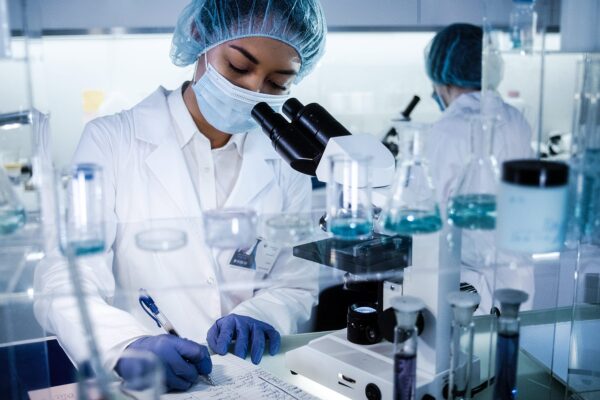Aug. 3, 2021 — to succeed in the summit of two multimillion-dollar pieces of state-of-the-art equipment, scientists climb stairways spiraling round the structures — each the dimensions of two supersized stacked refrigerators The $40 million National Science Foundation investment is meant , in part, to advance health research and drug development.
The spectrometers operate in much an equivalent way as MRI scanners, the resonance imaging machines wont to take pictures to glimpse inside the physical body . But rather than taking pictures of individuals , the new machines will take pictures of molecules, explains Jeffrey Hoch, PhD, from the Department of biology and Biophysics at the University of Connecticut School of drugs in Farmington.
Nuclear imaging will enable the study of molecules, atom by atom, and check chemical reactions under various conditions. the larger the magnet within the machine, the finer the detail it can investigate The technology will help researchers understand battery components, nanomaterials, and surface coatings, and can open myriad avenues for research, some yet to be imagined.
In but 3 years, the University of Georgia in Athens and therefore the University of Wisconsin at Madison will each have a cutting-edge 1.1-gigahertz spectrometer and can join the UConn School of drugs to form up the three pillars of the Network for Advanced Nuclear resonance . Researchers in Georgia will study substance mixtures, and people in Wisconsin will study solids.
To use a spectrometer, someone climbs stairs wrapped round the machine and drops small sample-containing tubes into the highest . An “air elevator” then carries them down into the magnet, where molecules are often isolated and studied, explains Engin Serpersu, PhD, a program director at the National Science Foundation (NSF).
U.S. Lags Behind Europe
There are only a couple of the spectrometers, which may cost up to $30 million each, within the us , and out of doors researchers are rarely allowed access. So, the addition of those two new machines will improve research considerably, says Steven Ellis, PhD, who’s also a program director at the NSF.
This is excellent news , because the U.S. has lagged behind Europe in ordering, installing, and using this technology, he says. In fact, that lag was noted during a 2013 National Research Council report that stressed the necessity for ultra-high-field nuclear imaging.
If the failure to stay up with advances in commercial technology “continues, the us will probably lose its leadership role, as scientific problems of greater complexity and impact are solved elsewhere,” the report states.
“I can’t [overstate] the importance of creating these instruments available to more users,” Ellis says. “If you would like to understand how a protein works, you actually want to understand how it’s folded, where all the atoms are, and the way things are interacting with it.”
For the primary time, the technology are going to be available to science, technology, engineering, and arithmetic (STEM) students, primarily undergraduate institutions, minority-serving institutions and historically Black colleges and universities, and “any sort of institution that can’t afford their own system but could prepare samples and use the info ,” he explains. “It’s democratizing the technology.”
The NSF award goes beyond the spectrometers; it extends to cyber infrastructure, which incorporates the processing, storage, and sharing of knowledge . It also covers the event of protocols in order that people can use the knowledge bases to become experts.
The higher-field instruments speed up the gathering of knowledge , which is vital because biologic samples aren’t always stable, Serpersu points out. And researchers can see how briskly one atom is moving, and “you can check out thousands of them simultaneously” with nuclear resonance (NMR) or isolate some to review individually.
Potential Clues for Alzheimer’s and COVID
The technology could enhance study of the way proteins aggregate to cause neurologic diseases, like Alzheimer’s, Serpersu says. It could also advance research into antivirals for diseases like COVID-19, Ellis says.
“If you would like to interfere with spike-protein binding, it helps if you understand the structure of that and therefore the structure of the receptor on the cell it binds to. Understanding those receptor structures are often very hard because they do not crystallize well. Nuclear resonance may be a better approach,” he says.
The Network for Advanced Nuclear resonance is starting with the three currently designated sites, but the expectation is that other centers will join the network and share resources and data, Ellis says.
The $40 million award doesn’t cover the long-term costs of the program, so researchers will need to obtain grants to hide costs once they reserve time with the spectrometers.
“The whole idea is to enable them to be more competitive by performing on modern instrumentation and achieve grant competitions,” Ellis says.



